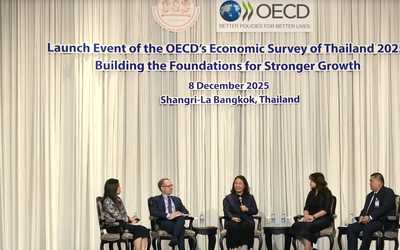Labor Force Transitions at Older Ages: Burnout, Recovery, and Reverse Retirement
Abstract
Partial and reverse retirement are two key behaviors characterizing labor force dynamics for individuals at older ages, with half working part-time and over a third leaving and later re-entering the labor force at some point. The high rate of exit and re-entry is especially puzzling when considering the flat and declining wage profiles observed at older ages and uncertainty about future re-employment. Using Health and Retirement Study (HRS) data, we document the timing and prevalence of these behaviors and show that reverse retirees resemble permanent retirees across many observables, but differ notably in reported job stress and polygenic scores linked to stress sensitivity. To understand what drives these behaviors, we develop and estimate a dynamic model of retirement that incorporates uncertainty in wages and health, along with a novel “burnout-recovery” process representing the accumulation and dissipation of work-related stress. The model replicates key patterns in the data, accounting for over two-thirds of reverse retirement and 40 percent of transitions to part-time work—patterns that cannot be explained by health or wealth shocks alone. Our findings suggest that reverse retirement is largely a predictable response to recoverable stress rather than a reaction to shocks. Policy simulations show that part-time subsidies and sabbaticals enhance labor force attachment and welfare by reducing burnout, while eliminating the Retirement Earnings Test raises re-entry but also increases stress exposure. Together, these findings highlight the central role of stress dynamics in shaping retirement behavior and inform the design of policies to support work at older ages.









